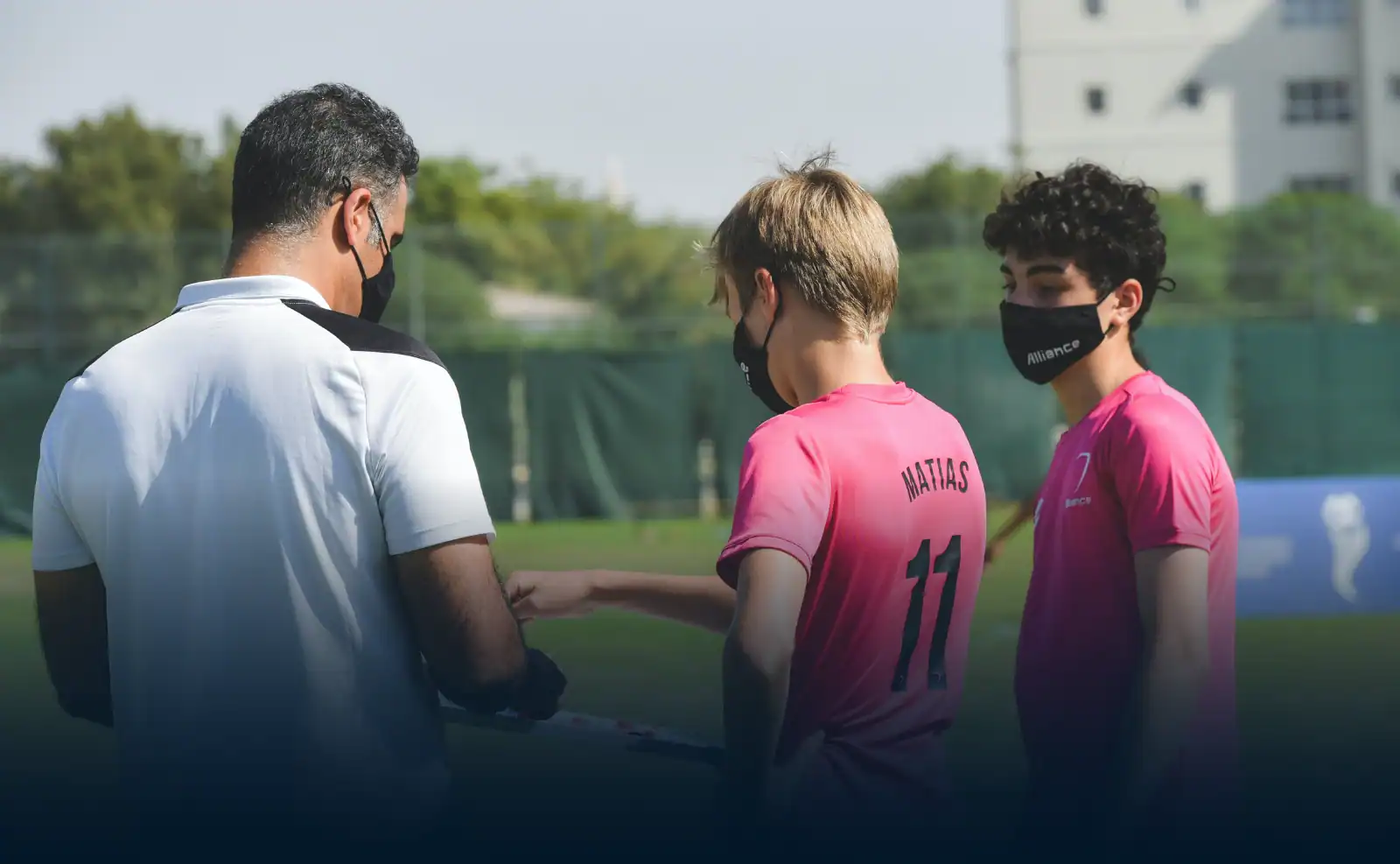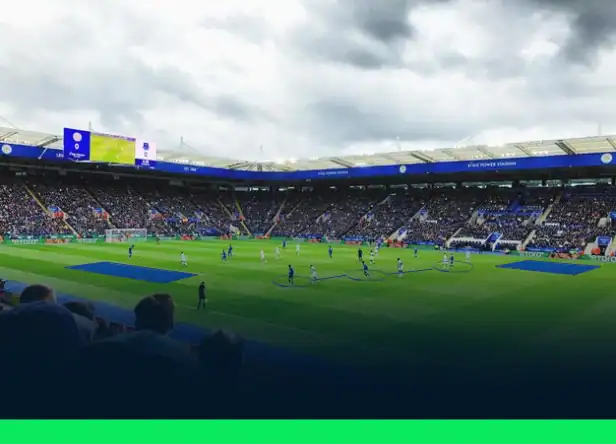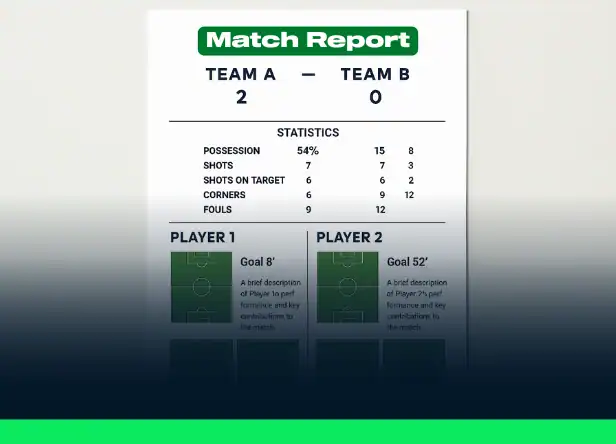How do you identify a talent in soccer? What criteria should you analyze during a match or video review? How can you improve your scouting success rate?
The best soccer scouts are those who can spot talent at a glance by relying on very specific criteria—not just gut instinct. Talent identification is a scout’s core activity, and despite what many believe, it’s far from being guesswork.
While scouting young athletes isn’t an exact science, there are structured methods and analytical criteria that can help guide objective decision-making. This article outlines those key methods.
Learning How to Identify Talent in Soccer: The Basics
As a soccer scout, you’ll need to write scouting reports, travel frequently, and—most importantly—identify talented young players.
That’s the focus of this guide.
Let’s start with the basics: what is talent identification in soccer? (Feel free to skip ahead if you’re only interested in the key scouting criteria.)
What Is Talent Identification?
Don’t confuse “talent identification” with “tryouts”.
Tryouts refer to organized events (typically including physical and technical tests) where players compete to get noticed by scouts from soccer academies.
Talent identification, on the other hand, refers to the methods and techniques used by a scout to spot a young player with potential to turn pro. To find promising players, a soccer scout may:
- Visit clubs and observe one or several training sessions
- Attend matches between semi-pro or elite-level teams
- Use their professional network to gather information on specific players
- Review video footage of games or highlights
Mastering this craft requires both a methodological framework and certified scout training for a scout: you need the right software, a sound report template, and a clear rubric for evaluating each attribute.
How to Identify Soccer Talent?: Core Scouting Criteria
Let’s be honest—learning how to recognize a good soccer player is no easy task. It depends largely on the scout’s ability to evaluate both the player’s current level and their potential for growth.
That’s why a comprehensive training program led by professionals is crucial. It also teaches how to use scouting software and what to look for during matches.
Here are the most important evaluation criterias:
1. Technical Proficiency
At the foundation of every future professional lies exceptional ball technique. Scouts should gauge:
- First touch & control: Does the player cushion pass smoothly under pressure?
- Passing range & accuracy: Can they pick out teammates at various distances, on the ground and in the air?
- Shooting technique: Especially for attackers, is their strike clean, composed, and power-adjustable?
- Dribbling skills: Do they beat opponents one-on-one with purpose, not just flair?
- Aerial ability: Can defenders or target forwards win headers consistently?
Evaluate these skills relative to position: a fullback’s passing under pressure differs from a playmaker’s vision-driven distribution; a center forward’s finishing array is not expected of a holding midfielder.
2. Tactical Intelligence
Soccer is a fluid, team-based game. Even the most skilled engineer has to understand the game. Critical markers include:
- Positional sense: Whether in possession or out of it, does the player inhabit the best pockets of space?
- System adaptability: Can they switch from a 4-3-3 to a 4-2-3-1 without hesitation or move between a back-three and back-four?
- Game-state response: When the coach changes tactics mid-match, do they alter pressing triggers, defensive lines, or support angles?
In an academy environment, though tactical subtleties can be honed, natural knowledge—anticipation, spatial awareness, running timing—is non-negotiable in top players.
3. Physical Attributes
Modern soccer requires more than just skill. Evaluate:
- Athleticism: Top-end speed, acceleration, and endurance measures to fit the level of play.
- Strength and Balance: Ability to shield the ball, win physical duels, and maintain stability under contact: strength and balance.
- Agility/Mobility: Rapid changes of direction, recovery runs, and lateral movement reflect agility and mobility.
Keep in mind growth spurts and late physical bloomers; raw speed at 16 may not match professional pace at 20. Physical measures ought to guide rather than replace tactical and technical assessments.
4. Psychological & Behavioral Profile
A player’s mindset can make or break a career. Observe:
- Work ethic: Do they chase back, back teammates, and fight fatigue?
- Coachability: How quick they are to respond to criticism and implement changes right now?
- Emotional Control: How do they respond to losses like lost duels, conceded goals, or refereeing decisions.
- Leadership & teamwork: Even without the armband of the captain, do they bring the group together and communicate well?
Attitude deficiencies—selfish play, poor concentration, lack of resilience—often derail gifted athletes who otherwise possess above-average physical or technical gifts.
Matches versus Video Analysis
Live scouting provides context—weather, pitch condition, crowd mood, and player interaction with opponents and colleagues.
Video evaluation allows frame-by-frame breakdown of motion patterns, technical performance under varied situations, and off-ball positioning that might be overlooked in real time.
Combining both methods—and employing tagging software to time important activities—helps to maximize correctness and reduce prejudice.
Organizing Objective Reports
To improve congruence across scouting teams:
- Grade each criterion using a set scale (e.g., 1–10) with well defined benchmarks using standardized scorecards.
- Qualitative notes should contain quick observations on “moments of brilliance,” decision-making under duress, or areas needing aimed instruction.
- Compare the possibility to known academy players or national standard ages to benchmark against peers.
- Regularly update your profiles, follow your development—or deterioration—over several observations.
Good reports help to lower subjectivity, identify real talent outliers, and rationalize hiring choices.
Increasing Your Scouting Success Rate
Expand coverage by means of local contacts, former players, and data analysts—that is, diversify your scouting network.
To back your visual observations, include GPS tracking, heat maps, and expected-goals (xG) data.
Take scouting certification courses, tactical workshops, and coaching sessions.
Post-report reviews help you to recognize overlooked indications or overrated characteristics, therefore honing your vision for next tasks.
Spotting the Future Stars of Soccer
Scouts should focus on players who “feel the game” and are fully engaged during play.
This approach is key when trying to get scouted in soccer. It’s about recognizing players who have a natural feel for the sport, beyond technical ability.
Coaches and scouts often look for players with something unique—even if that raw potential hasn’t been fully developed yet.
The Importance of a Strong Foundation
Many experts emphasize the need for solid fundamentals when evaluating youth players. This is critical for getting recruited into a soccer academy.
Scouting is not only about current skills, but also about how a player reads and reacts to the game. That perception is often the difference between average and elite prospects.
And Many More Criteria…
Becoming a youth scout isn’t something that happens overnight. You can’t learn how to scout a player by watching a few games.
To properly analyze a player and recommend them to a pro academy, many additional factors must be considered, such as:
- Deep knowledge of the game
- Understanding the expectations of the club hiring you
- Awareness of the player’s mental and emotional profile
- And more…
As mentioned earlier, the only real way to learn how to scout soccer players is to go through a dedicated training program—like the one we offer.
Conclusion: Scouting Success
Talent discovery in soccer is a disciplined mix of art and science. Scouts can identify prospects with the most ceiling by carefully assessing technical ability, tactical awareness, physical preparedness, and psychological resiliency. These criteria form the foundation of every successful scouting department together with consistent reporting and continuous professional growth.





